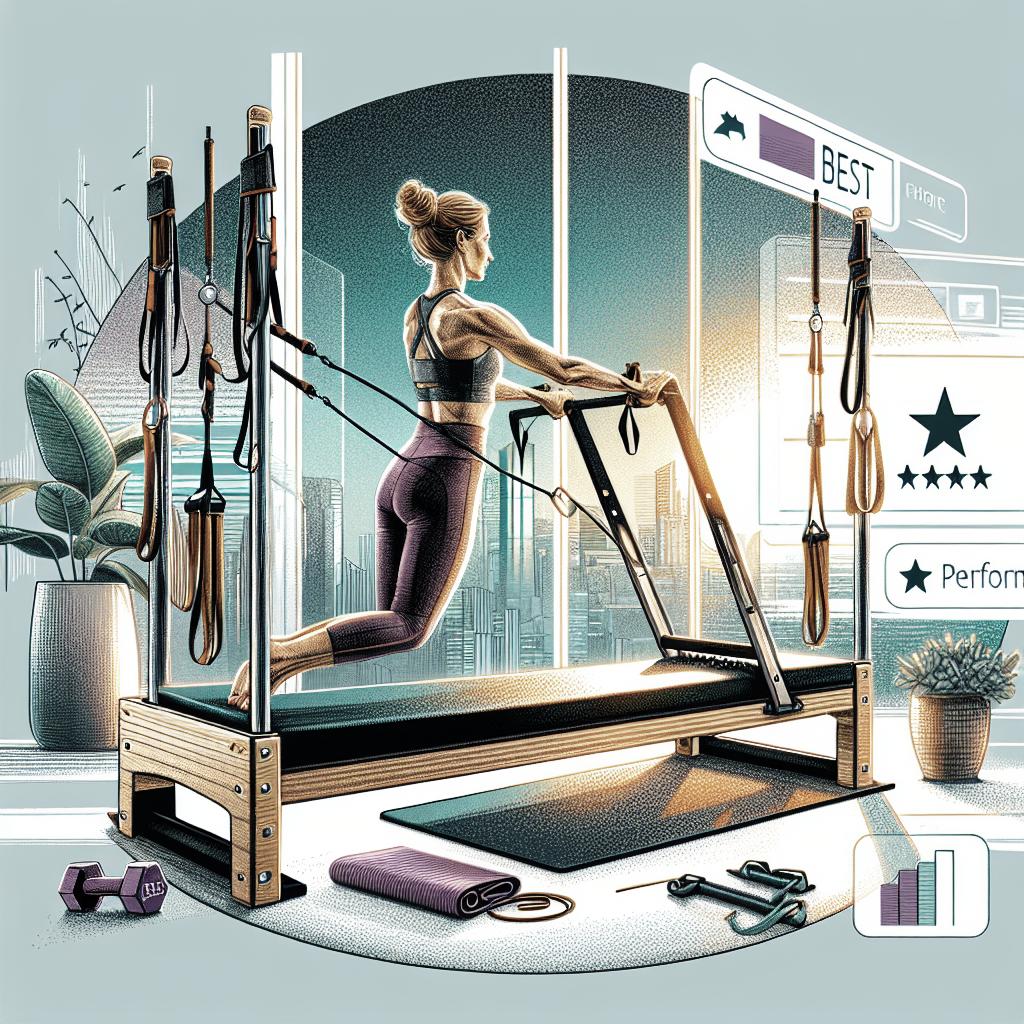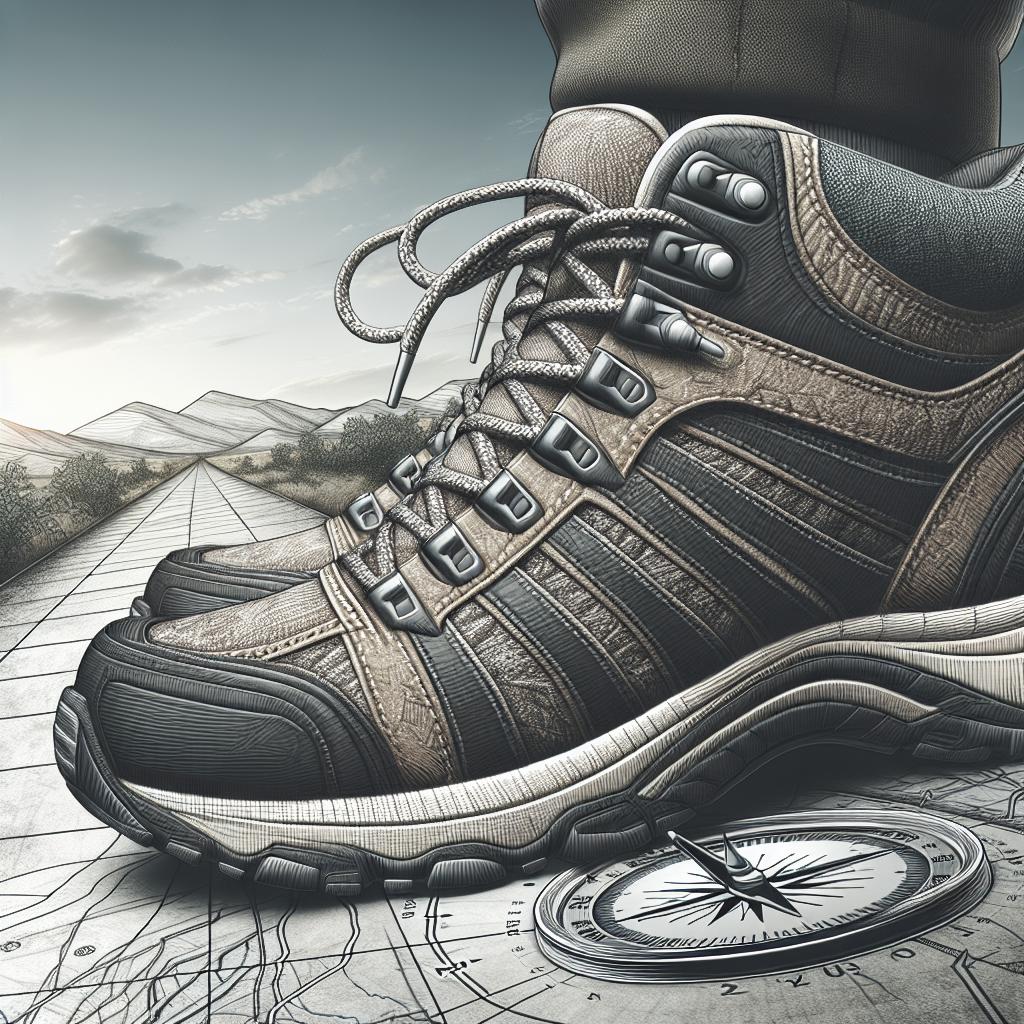The Best Pilates Bar: A Comprehensive Guide
Pilates bars are transforming the way we approach at-home fitness, offering a versatile and compact alternative to traditional workout equipment. In this blog post, we’ll explore what a Pilates bar is and how to incorporate it into your routine effectively. From quick workouts to targeting specific areas of the body, we cover a range of exercises that can be enhanced with this tool. We’ll also delve into the factors to consider when purchasing a Pilates bar and compare it to the popular Pilates Reformer to help you decide which might better suit your needs. Whether you’re a seasoned Pilates practitioner or a beginner, discover the benefits of integrating a Pilates bar into your exercise regimen.
What is a Pilates bar?
A Pilates bar, often referred to as a portable Pilates studio, is a lightweight and compact piece of exercise equipment. It typically consists of a bar and resistance bands with foot loops, making it an excellent tool for performing a variety of exercises that mimic those done on Pilates equipment like the Reformer. This equipment is perfect for those looking to achieve a full-body workout without having to invest in expensive or bulky machines.
The beauty of the Pilates bar lies in its versatility and convenience. It’s easy to set up and can be used virtually anywhere, making it an ideal solution for home workouts. The resistance bands connected to the bar allow you to perform a wide range of exercises targeting different muscle groups, ensuring a comprehensive workout that enhances flexibility, strength, and balance.
How to use a Pilates bar
Learning how to use a Pilates bar effectively can open up a world of exercise possibilities. To start, ensure your space is clear of obstacles and you have enough room to stretch. Attach the resistance bands to the ends of the bar and secure the foot loops around your feet. Base your postures and movements on stabilizing your core and maintaining alignment – the foundation of any Pilates practice.
Begin with simple exercises, such as squats with the bar held across your shoulders or lunges with bands offering resistance. As you grow more comfortable, incorporate more complex movements like chest presses, overhead tricep extensions, or standing or seated rows. Consistent practice will not only improve your form but also increase your overall strength and endurance.
Get the Fit&Well Newsletter
Stay updated with the latest health tips and workout trends by subscribing to the Fit&Well Newsletter. We cover everything from fitness gear reviews to nutrition advice, helping you stay informed and motivated on your wellness journey. Whether you’re a fitness enthusiast or just getting started, our newsletter offers valuable insights to enhance your exercise routine.
You’ll receive expertly curated content straight to your inbox, ensuring you’re well-equipped with the knowledge to make informed decisions about your health and fitness. Don’t miss out on exclusive workouts, like our highly recommended 15-minute Pilates bar routine, designed to fit seamlessly into any schedule.
15-minute Pilates bar workout
Pressed for time but still want to squeeze in a productive workout? A 15-minute Pilates bar session is just what you need. Begin with dynamic stretching to warm up your body, preparing your muscles for more intense movement. Transition into exercises like core-centric roll-ups, band-assisted leg lifts, and standing side-leg presses that efficiently target and tone key muscle groups.
Quick workouts like this are perfect for maintaining consistency. Focused movements, guided by the resistance provided by the Pilates bar, help maximize your time, ensuring that even short spurts of exercise contribute significantly to your overall fitness regimen.
Full-body workout with a Pilates bar
A full-body Pilates bar workout is an effective way to build strength, improve flexibility, and enhance balance. The goal is to engage multiple muscle groups simultaneously, promoting a harmonious and well-balanced physique. Using the bar, you can execute exercises such as standing roll downs with resistance, seated rows, and reverse lunges with bicep curls.
This type of workout not only challenges your body but also your mind by requiring focus and control. The result is a comprehensive session that boosts energy, increases lean muscle mass, and improves overall coordination and body awareness.
25-minute arms and legs Pilates bar workout
Focusing on your arms and legs, a 25-minute Pilates bar workout can significantly enhance strength and endurance in these areas. Start with leg-targeting moves like lunges combined with resistance band squats. Incorporate arm exercises such as tricep extensions and bicep curls, which will engage the upper body while also stabilizing the core.
Concluding your session with stretching and flexibility exercises ensures muscle recovery and reduces the risk of injury. This targeted workout enhances tonality and definition in both arms and legs, contributing to a well-proportioned and strong physique.
What to look for when buying a Pilates bar
When selecting a Pilates bar, consider factors such as portability, durability, and the level of resistance offered by the bands. Look for a bar that is easy to assemble and disassemble, which will add convenience, especially if you plan on traveling with it. High-quality materials not only ensure longevity but also provide a safer workout experience.
Additionally, consider any added features, such as adjustable resistance bands or non-slip grips, which can enhance your exercise routine. Reading user reviews might also provide valuable insights into the product’s performance and reliability.
Pilates bar vs Reformer: Which is better?
Debating between a Pilates bar and a Reformer often comes down to individual needs and resources. A Pilates bar offers affordability and ease of use, making it accessible for home workouts and fitting into any budget or space. It’s perfect for beginners or those looking for a versatile and convenient fitness tool.
Conversely, a Reformer, though more expensive and space-consuming, may offer a broader range of exercises and greater resistance variation. It is ideal for those deeply committed to their Pilates practice. Ultimately, the choice depends on your fitness goals, budget, and the space available to you.
Lessons Learned
| Topic | Summary |
|---|---|
| What is a Pilates bar? | A portable exercise tool perfect for home workouts, providing diverse movement possibilities. |
| How to use a Pilates bar | Begin with basic exercises and progress to complex movements, focusing on form and control. |
| Fit&Well Newsletter | Subscribe for the latest fitness advice and personalized workout tips. |
| 15-minute workout | Designed for efficiency, targets key muscle groups with focused exercises. |
| Full-body workout | Engages various muscle groups, improving strength, flexibility, and coordination. |
| Arms and legs workout | Enhances strength and endurance in the arms and legs, emphasizing muscle recovery. |
| Buying a Pilates bar | Consider portability, durability, and added features to suit your needs. |
| Pilates bar vs Reformer | Each has its benefits; choice depends on personal fitness goals and availability of space. |


